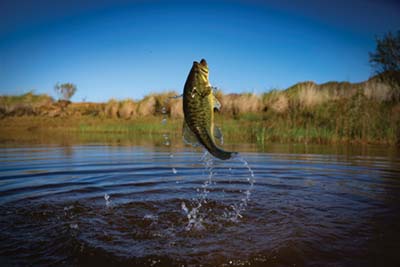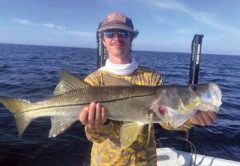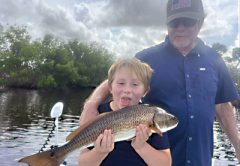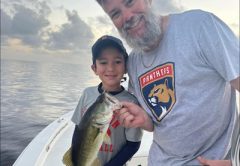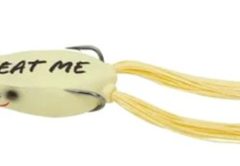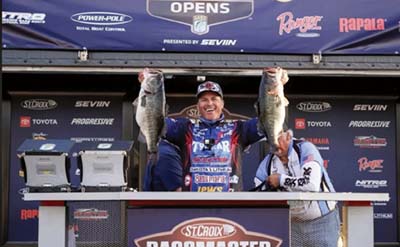
Bass fishing tournaments have been around for the last 60 years in one form or another, evolving from the mid-1960s, when other species of fish were included, to the present day, when only bass are allowed.
Ray Scott influenced bass fishing tournaments more than any other person when he established the Bass Anglers Sportsman Society (B.A.S.S.) in 1968 and sponsored one of the very first all-bass tournaments.
The initial response from anglers was good, and it didn’t take long before dozens of fishermen entered the tournaments and bass clubs began forming all over the country. But it also didn’t take long before the public became upset with the hundreds of fish being killed and removed from their lakes as a result of the tournaments.

Unfortunately, as more and more tournaments were held, some folks remained concerned that the potential fish kill still existed.
According to an article by Karim Banna published on October 13, 2025, an Auburn University study found that tournament-caught largemouth bass have higher mortality rates than those not caught. Many tournaments have rules to penalize fish mortality.
Despite these risks, many tournaments implement best practices to minimize harm. These practices include using tools like weigh-in bags that provide proper aeration and limiting the time fish spend out of water.
Catch-and-release stress: the physiological and psychological stress experienced by fish during tournaments. This stress occurs as fish are caught, handled, and released back into the water. Studies indicate that stress can weaken the immune system and increase vulnerability to disease. Research by Wydoski and Thorson (1979) shows that stress responses in fish can persist for up to 24 hours post-release, affecting their survival in the wild.
Physical injury to fish: Physical injury to fish arises from the handling and hooking process during tournaments. Fish may experience injuries such as hook wounds or scale loss. A study by Cooke and Schramm (2007) highlights that injuries can lead to infections, which may ultimately reduce survival rates. Prompt and careful handling during tournaments is crucial to minimizing these injuries.
Water temperature and oxygen levels: These factors significantly affect fish survival rates during tournaments. Higher temperatures often lead to lower dissolved oxygen, which can stress fish, particularly during summer events. Research conducted by Baird and Brown (2018) demonstrates that elevated temperatures combined with low oxygen levels can increase the mortality of released fish by up to 30%.
Tournament mortality rates: the percentage of fish that die after being released. These rates can vary based on species, water conditions, and tournament practices. According to the American Fisheries Society, mortality rates can range from 1% to 20%. Summertime and high water temperatures also increase mortality rates.
Due to the potential for mortality, many tournaments, particularly kayak bass tournaments, are eliminating the need for a weigh-in, allowing anglers to weigh and measure their fish immediately and release them as soon as possible to reduce the likelihood of mortality.
But for many spectators, the opportunity to see the fish being weighed in is extremely important. Doing away with the weigh-in may improve bass mortality, but it may also eliminate the need for one.

